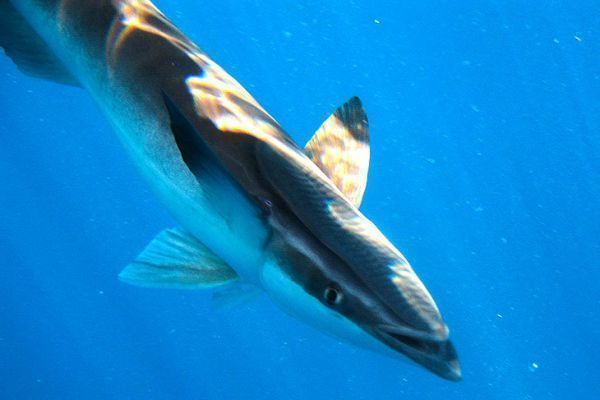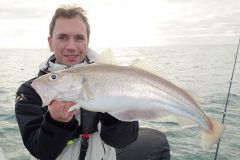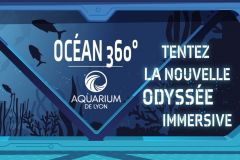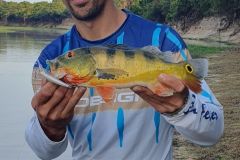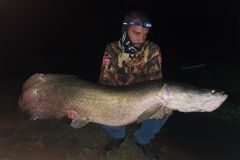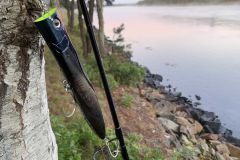Scientific name
Rachycentron canadum (Linnaeus, 1766)
Morphology
The cobia is characterized by its elongated, fusiform body and relatively flattened head. Its lower jaw is prominent. Its back and flanks are often dark gray, sometimes with light longitudinal lines contrasting with the gray. The belly is bright white.
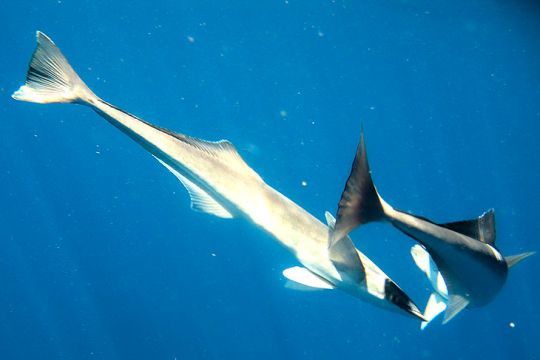
Often confused with small sharks, the cobia's distinctive feature is its large dorsal fin composed of decreasing rays, preceded by 7 to 9 strong, short spines. The cobia's slightly forked caudal fin features almost symmetrical lobes.
Fishing spots
The cobia is found in tropical and subtropical waters around the world. It is generally found in the Atlantic Ocean, along the coasts of North America and the Caribbean Basin, as well as along the coasts of South America as far north as Argentina. It is also present in the Pacific Ocean, although absent from the waters of the eastern Pacific. The cobia has also been reported in the eastern Mediterranean, probably as a result of an introduction to this region. It thrives in water temperatures of 17°C and above.
This is a pelagic species. Juveniles are solitary, but as they mature, they form groups and move closer to the coast.
Cobia fishing techniques
Cobias feed on squid, fish and crustaceans. It bites very well with small crabs, small fish and pieces of squid on a drifting longline or on a landing. It is a shy fish, so it is best not to fish with too strong a line to overcome its distrust.
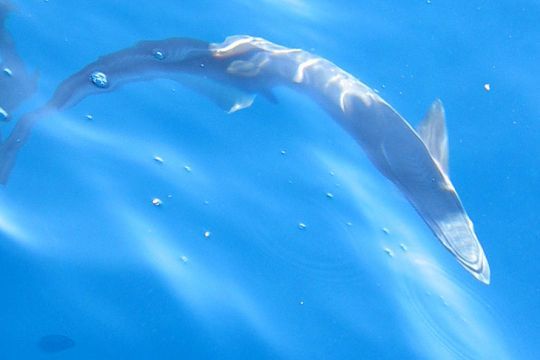
A 4 or 5-metre fluorocarbon is useful for this. Its flesh is prized and sometimes eaten raw, simply blanched with lemon. The Japanese are fond of it. Top Michelin-starred chefs include it on their menus.
Reproduction
Cobias have separate sexes and reach sexual maturity at around 1-2 years for males and 2-3 years for females. To reproduce, they form large groups, changing color during this period. In the Atlantic, breeding takes place from April to September, with a peak in July. After hatching, the planktonic larvae find shelter and food among algae such as Sargassum.
Size and weight
- Legal minimum catch size: none
- Size at sexual maturity: from 43 cm
- Average size: 1 to 1.10 m
- Maximum height/weight: 2 m - 70 kg (15 years)
- World record: 61.5 kg âeuros 171 cm (Shark Bay, Australia, 09/07/1985)
Good to know
The cobia sometimes accompanies large rays, turtles and sharks, and follows drifting objects below which it takes shelter.
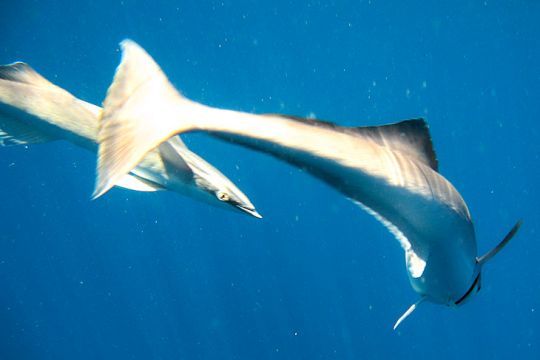

 /
/ 